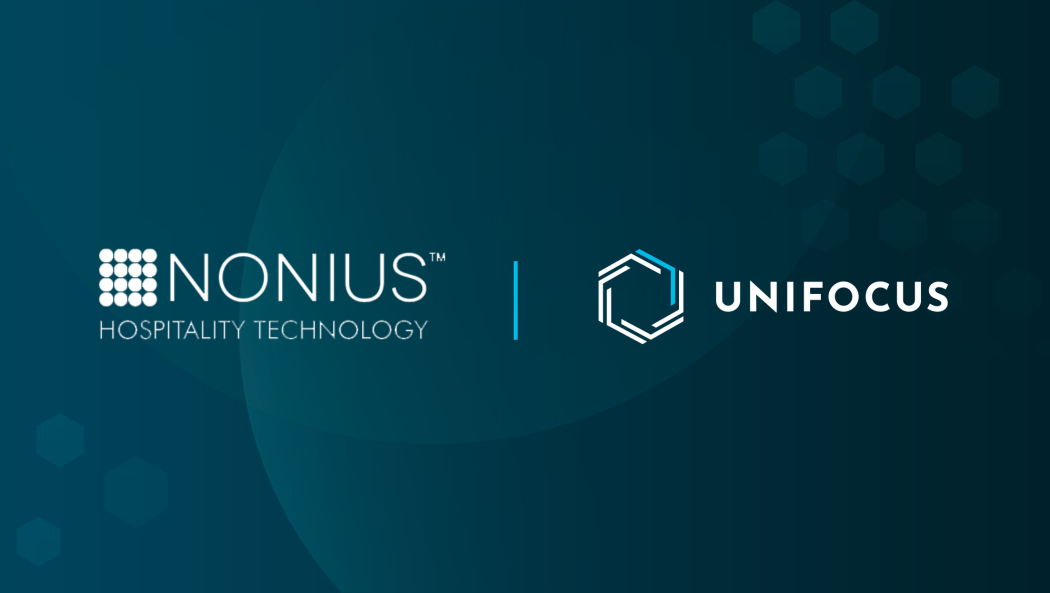 March 2016 - by Ken Heymann. Imagine that each time you check into a luxury hotel, a single associate is assigned to take care of all your needs 24/7. He checks you in, takes your bags to your room, then waits outside your door to fulfill any request you might have. How about checking into a select service hotel and having a valet parker, doorman, bellman, concierge and front desk agent (not all the same person) there to greet you? Any hotel is capable of increasing service beyond the level that a guest typically expects. But the reality is that all hotels have a “limit” to the level of service that is provided. Whether a guest stays at a five-star hotel or a one-star hotel, the organization can afford to deliver quality service which meets the guests’ expectations. It is far more difficult, and less likely, that the organization will be able to provide service that exceeds what the property can afford, no matter how appealing those services may be to the guest. The guest satisfaction for both experiences described would likely top the charts but the owner’s satisfaction with profitability would probably hit an all-time low.
March 2016 - by Ken Heymann. Imagine that each time you check into a luxury hotel, a single associate is assigned to take care of all your needs 24/7. He checks you in, takes your bags to your room, then waits outside your door to fulfill any request you might have. How about checking into a select service hotel and having a valet parker, doorman, bellman, concierge and front desk agent (not all the same person) there to greet you? Any hotel is capable of increasing service beyond the level that a guest typically expects. But the reality is that all hotels have a “limit” to the level of service that is provided. Whether a guest stays at a five-star hotel or a one-star hotel, the organization can afford to deliver quality service which meets the guests’ expectations. It is far more difficult, and less likely, that the organization will be able to provide service that exceeds what the property can afford, no matter how appealing those services may be to the guest. The guest satisfaction for both experiences described would likely top the charts but the owner’s satisfaction with profitability would probably hit an all-time low.
Now imagine checking into the same luxury hotel and finding only one person standing behind the front desk doing his best to register a line of guests. He’s apologetic about the wait and the fact that the guests will need to park their own cars as well as carry their own bags to their rooms. He mentions that senior management has asked all departments to reduce their labor expense as much as possible in order to improve the bottom line. While the owner may now feel that profits are being maximized it won’t take long for the drop in guest satisfaction to translate into fewer repeat guests and negative word of mouth “publicity” that will eventually result in declining revenues and profit.
The level of service has to be dictated by both the needs and expectations of the guest, and the cost associated with delivering the service. There’s nothing new in this observation. There’s nothing new in asking how the smart operator balances guest satisfaction and profitability; this is the age old challenge. What is new is that evolving technology makes it easier to address these challenges in a more objective fashion.
The largest controllable cost in most service businesses is labor. Hoteliers have known this for decades and have incorporated many different processes, systems and procedures to help manage these costs. In the past decade, Labor Management Systems (LMS) have become more widespread in the industry as more organizations adopt some form of LMS. The opportunity available to service companies today is to better utilize all the features of LMS. Many companies are using bits and pieces of LMS but not utilizing all the components. Research at hotels shows that LMS approaches range from no formal approach to sophisticated systems that incorporate forecasting, scheduling, time data management and labor reporting. Most companies are somewhere in the middle, using Excel-based spreadsheets, or basic time and attendance systems.
Another way to think about LMS is to understand what it is not. An LMS is not a time and attendance system. And an LMS is not a set of tools to force feed payroll cost reductions across the board, even though LMS can be instrumental in creating cost-reduction action plans. It is time for the industry to come to agreement on the core features that constitute an LMS program and the specific minimum attributes that each feature should possess in order to qualify as an LMS. In our next article, we will look at the basic principles and components of a Labor Management System.
About UniFocus
UniFocus workforce management software provides all the tools you need to make labor force decisions with confidence. We help you optimize your daily operations with powerful yet flexible tools. Empower leadership and staff to create schedules that maximize customer satisfaction while minimizing wasted labor hours. Better labor management for contingent workforces in the hospitality, restaurants, retail, and healthcare industries. If you're in the market for a better WFMS, contact us today.
If something about this post stood out to you, like or share it! Or, if you're interested in learning more, check out our workforce management page to get started.






